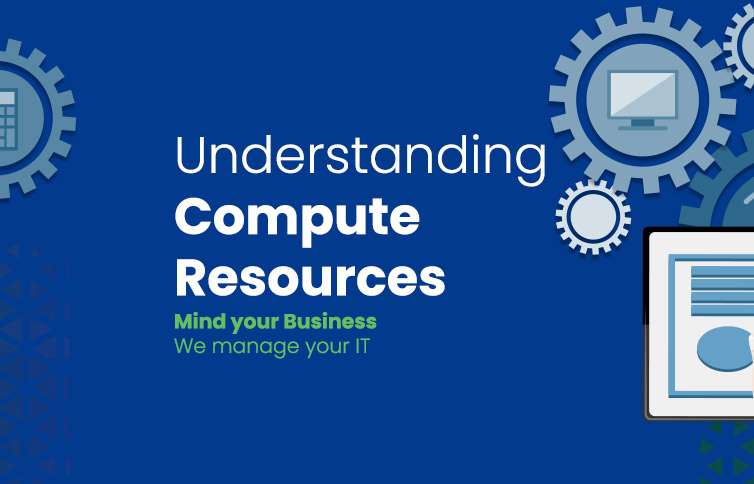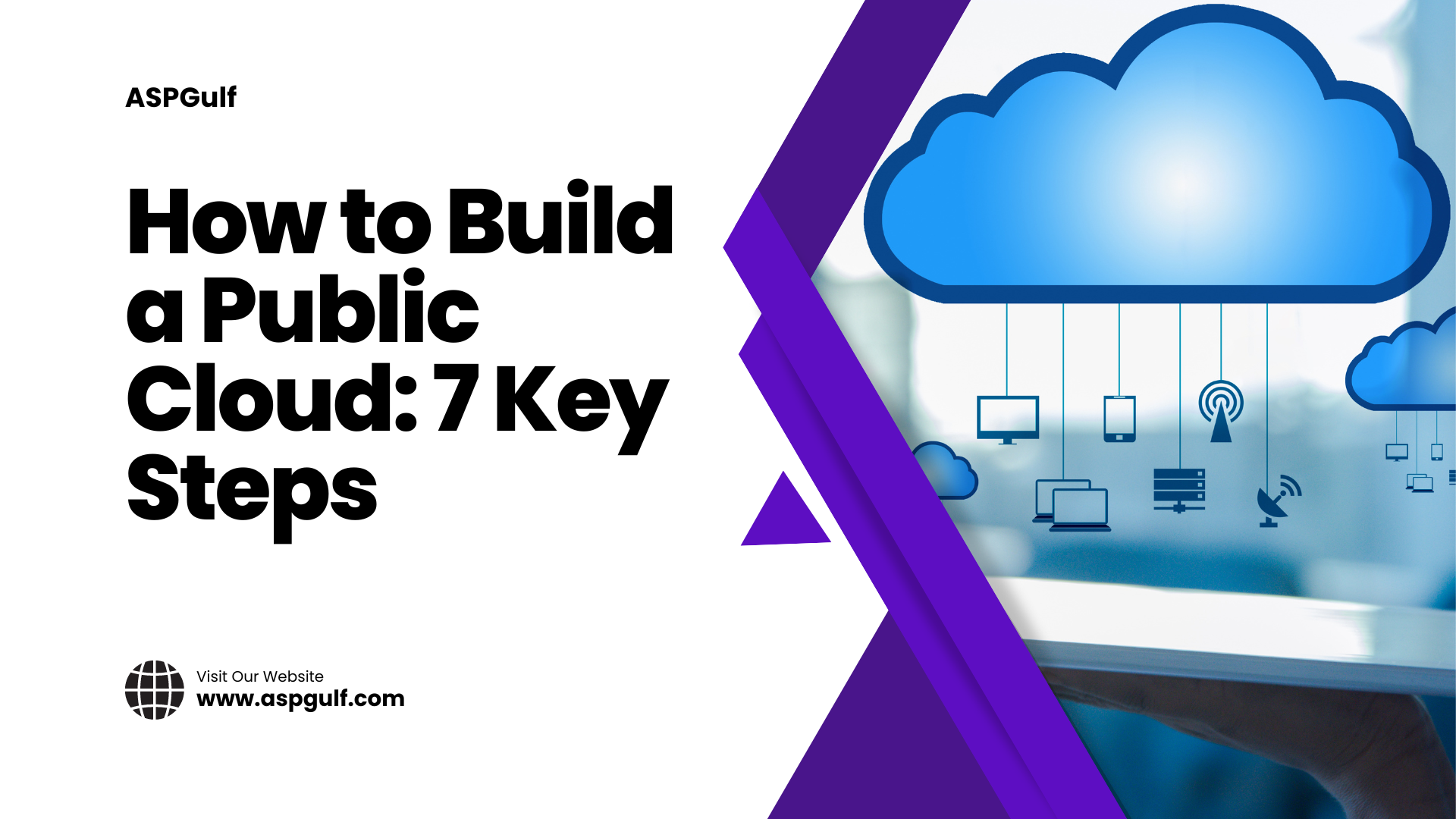In today’s hyper-connected world, data breaches are no longer rare – they’re routine headlines. From small startups to global enterprises, no business is immune to cyberattacks that can cost millions, destroy reputations, and erode customer trust. But here’s the good news: just like personal hygiene keeps you healthy, cybersecurity hygiene keeps your digital environment safe and strong.
Think of it this way – washing your hands prevents infection; following daily cybersecurity hygiene practices keeps your business immune from digital threats. It’s about maintaining good habits: updating systems regularly, managing passwords wisely, and staying alert against phishing or malware traps. These simple yet powerful steps can stop cybercriminals before they ever get close to your sensitive data.
By embedding cybersecurity hygiene best practices into your company culture, you can protect your business from the inside out – turning security from a one-time task into an everyday habit that saves your organization from costly breaches.
Understanding Cybersecurity Hygiene
Cybersecurity hygiene is simply the practice of keeping your digital systems clean, organized, and secure, much like how personal hygiene keeps your body healthy. It includes routines such as regularly updating software, managing passwords carefully, monitoring network security activity, and training employees to recognize potential threats. The goal is to prevent vulnerabilities before they can be exploited by cybercriminals.
Good cybersecurity hygiene is just as important for small and medium businesses as it is for large enterprises. Many SMBs believe they are too small to be targeted, but in reality, cybercriminals often see them as easier targets. A single breach can lead to stolen customer data, disrupted operations, and long-term reputational damage.
Poor cybersecurity hygiene can have serious consequences. Businesses may face data leaks, where sensitive information is exposed to unauthorized parties, ransomware attacks that lock critical systems until a ransom is paid, and substantial financial losses from theft or recovery costs. Beyond money, there is also the erosion of customer trust, legal penalties, and lost opportunities.
Maintaining strong cybersecurity hygiene is a proactive way to safeguard your business from these risks and create a secure digital environment for growth and innovation.
How Poor Cybersecurity Hygiene Leads to Data Breaches
Many data breaches happen not because hackers are exceptionally sophisticated, but because businesses leave the door wide open with poor cybersecurity habits. Common mistakes include using weak passwords, neglecting software updates, failing to back up data, and not training employees to spot phishing emails or malicious links. Each of these gaps creates an easy entry point for cybercriminals.
Real-world examples show the consequences of negligence. In one case, a small online retailer suffered a major breach because employees reused simple passwords across multiple accounts. Hackers gained access to customer payment information, leading to financial loss and damaged credibility. Another example involved a mid-sized company that delayed software updates for months. A known vulnerability was exploited, resulting in a ransomware attack that froze operations for days.
Hackers actively look for these “dirty” digital environments. They scan networks for outdated systems, weak authentication methods, and untrained staff. Once they find a gap, the consequences can be devastating. Every overlooked update or careless password increases the risk of sensitive data being stolen, held hostage, or publicly exposed.
By understanding how poor cybersecurity hygiene opens the door to breaches, businesses can see why following daily cybersecurity hygiene practices is not optional but essential.
Cybersecurity Hygiene Best Practices
Following cybersecurity hygiene best practices can drastically reduce your risk of data breaches. By implementing these proven strategies, businesses create a strong digital foundation that protects sensitive information and ensures operational continuity. Here are the key practices every organization should follow:
- Regularly update software and systems
Outdated software is one of the easiest ways for hackers to gain access. Regular updates patch vulnerabilities and keep your systems secure against known threats. - Use strong password policies and multi-factor authentication (MFA)
Encourage employees to use complex, unique passwords and enable MFA wherever possible. This adds an extra layer of protection beyond just a password. - Implement firewalls and endpoint protection
Firewalls act as a barrier between your network and potential threats, while endpoint protection ensures that all devices connected to your network are monitored and secure. - Encrypt sensitive data
Encrypting data makes it unreadable to unauthorized users. This is critical for protecting customer information, financial records, and proprietary business data. - Schedule frequent data backups
Regular backups ensure that even in the event of a ransomware attack or system failure, your data can be restored quickly with minimal disruption. - Conduct employee awareness training
Employees are often the first line of defense. Training them to recognize phishing attempts, suspicious links, and other cyber threats reduces the risk of human error leading to a breach. - Limit access privileges
Only give employees access to the systems and data they need for their job. Reducing unnecessary access limits the potential damage if an account is compromised. - Monitor network activity and logs
Continuous monitoring helps detect unusual behavior early, allowing IT teams to respond quickly before a small issue turns into a major breach. - Secure mobile and remote access
With more employees working remotely, securing mobile devices and VPN access is essential to prevent unauthorized entry into your network. - Regular vulnerability testing
Conducting routine security audits and penetration testing helps identify weaknesses before hackers do, keeping your defenses strong and up to date.
Daily Cybersecurity Hygiene Practices
Building a cyber-secure culture starts with small, consistent steps. Here are some daily cybersecurity hygiene practices every employee should follow to keep your business safe:
- Lock your computer when unattended
Even a brief moment of inattention can give someone access to sensitive data. Make it a habit to lock your device whenever you step away. - Avoid suspicious links and attachments
Phishing emails are one of the most common ways cybercriminals gain access. Never click on unknown links or download attachments from unverified sources. - Use company-approved devices only
Personal devices may not have the same security measures as company-issued ones. Ensure all work is done on approved, secured devices. - Report phishing attempts immediately
Encourage employees to report suspicious emails or messages. Early reporting helps IT teams neutralize threats before they escalate. - Log out from accounts after use
Leaving accounts signed in can make sensitive data vulnerable. Logging out protects both your personal information and company resources. - Avoid public Wi-Fi for sensitive work
Public networks are easy targets for hackers. Use secure, encrypted connections or a VPN when accessing company data remotely.
By embedding these simple habits into everyday routines, employees contribute significantly to overall business security. Consistency is key – following daily cybersecurity hygiene practices ensures that your organization remains protected from evolving cyber threats.
Creating a Culture of Cyber Awareness
Cybersecurity is not just the responsibility of the IT department; it requires everyone in the organization to be vigilant. Businesses can encourage employees to take ownership of cybersecurity by making it part of their daily routine and fostering an environment where safe practices are recognized and rewarded.
Leadership involvement is crucial. When executives prioritize cybersecurity and lead by example, employees are more likely to follow suit. Continuous education, such as regular training sessions, updates on emerging threats, and sharing real-world examples of breaches, keeps everyone informed and engaged.
Incorporating gamification or rewards can also boost participation. Recognizing employees for reporting phishing attempts, maintaining strong passwords, or completing security quizzes makes cybersecurity both fun and motivating. Celebrating small victories reinforces good habits and demonstrates that the company values proactive behavior.
By creating a culture of cyber awareness, businesses turn employees into the first line of defense, reducing the risk of breaches and strengthening overall security resilience.
Tools and Technologies that Help Maintain Cybersecurity Hygiene
Maintaining strong cybersecurity hygiene is easier when the right tools and technologies are in place. Some essential solutions include:
- Password management tools
Tools like LastPass, 1Password, or Dashlane help employees create and store strong, unique passwords, reducing the risk of credential-related breaches. - Patch management software
Automated patching solutions such as ManageEngine or SolarWinds ensure that software and systems are always up to date, closing vulnerabilities before hackers can exploit them. - Email filtering and threat detection
Advanced email security platforms like Mimecast or Proofpoint protect against phishing attacks, spam, and malicious attachments that often serve as entry points for cybercriminals. - Threat monitoring and endpoint protection
Solutions such as CrowdStrike, SentinelOne, or Microsoft Defender monitor network activity, detect anomalies, and respond to potential threats in real time.
In addition to these tools, partnering with managed IT or cybersecurity service providers can further strengthen your defenses. These experts help automate routine security tasks, enforce hygiene standards consistently, and provide continuous monitoring and support. With professional assistance, businesses can focus on growth while ensuring that cybersecurity remains proactive, not reactive.
The Business Benefits of Good Cybersecurity Hygiene
Maintaining strong cybersecurity hygiene does more than protect data. It delivers measurable benefits that directly impact your business growth and reputation.
Prevent Financial Losses and Downtime
Data breaches and cyberattacks can result in hefty financial losses, from ransom payments to recovery costs. They also cause operational downtime, disrupting workflows and affecting productivity. Following cybersecurity hygiene best practices helps prevent these costly incidents, keeping your business running smoothly.
Boost Client Trust and Compliance with Regulations
Clients and partners want assurance that their data is safe. Demonstrating strong cybersecurity practices builds trust and enhances your professional credibility. Additionally, many industries have strict data protection regulations. Maintaining good hygiene ensures compliance and reduces the risk of penalties.
Gain a Competitive Advantage Through Enhanced Security Reputation
Businesses known for robust cybersecurity attract clients, partners, and talent who value security and reliability. A strong security reputation sets you apart from competitors, positioning your organization as a responsible and trustworthy choice in the market.
By committing to consistent cybersecurity practices, businesses not only safeguard their data but also strengthen their financial stability, client relationships, and market positioning.
Conclusion
Consistent cybersecurity hygiene is not optional in today’s digital world; it is essential for protecting your business from costly data breaches and operational disruptions. Just as a daily routine keeps you healthy, maintaining strong cybersecurity hygiene keeps your business resilient.
By adopting simple yet effective habits, implementing the right tools, and fostering a culture of cyber awareness, businesses can stay one step ahead of cybercriminals.
For tailored guidance and professional support, consult a cybersecurity expert or contact our team. We can help you implement cybersecurity hygiene best practices that safeguard your data, protect your reputation, and ensure your business thrives in a secure digital environment.



